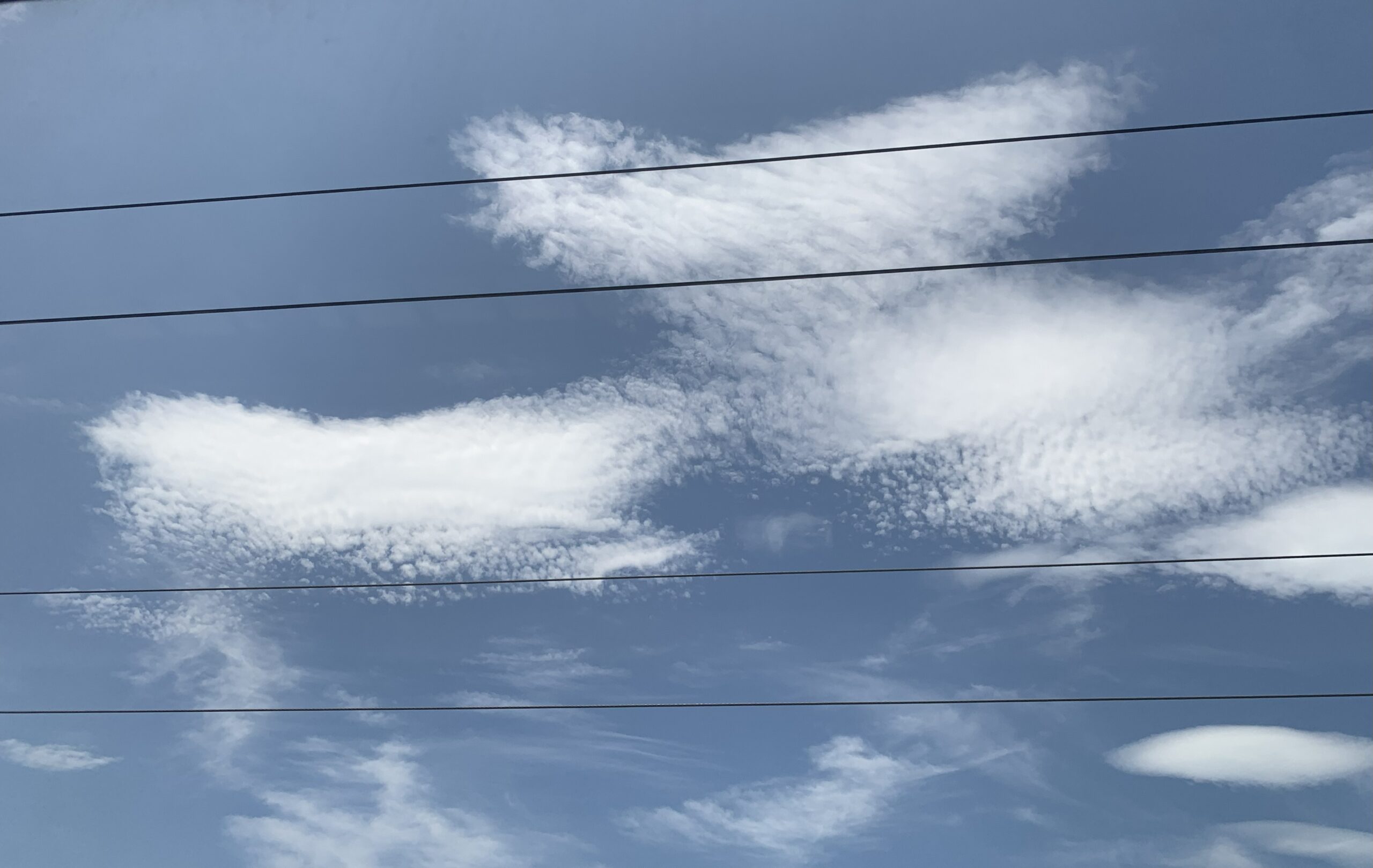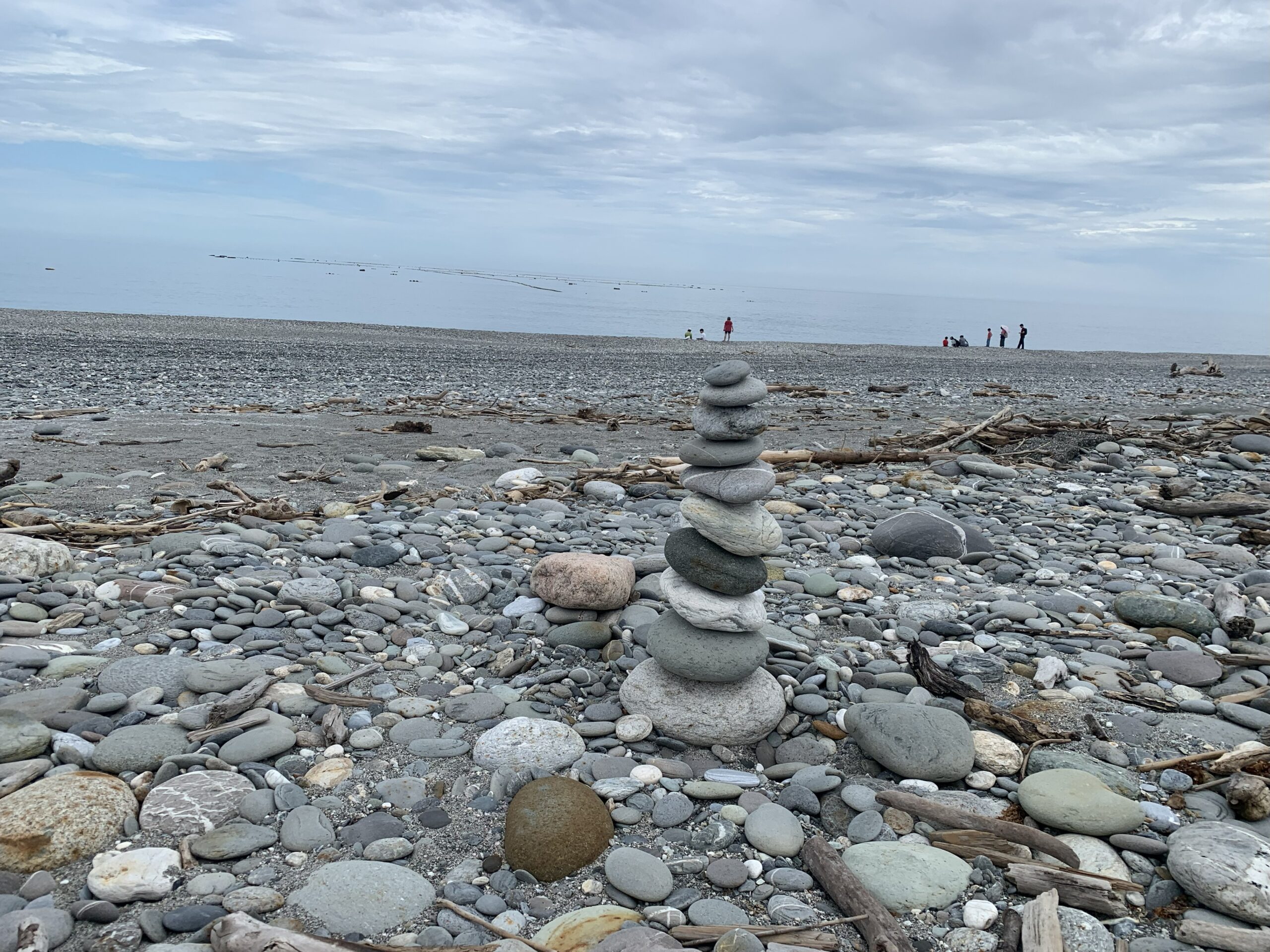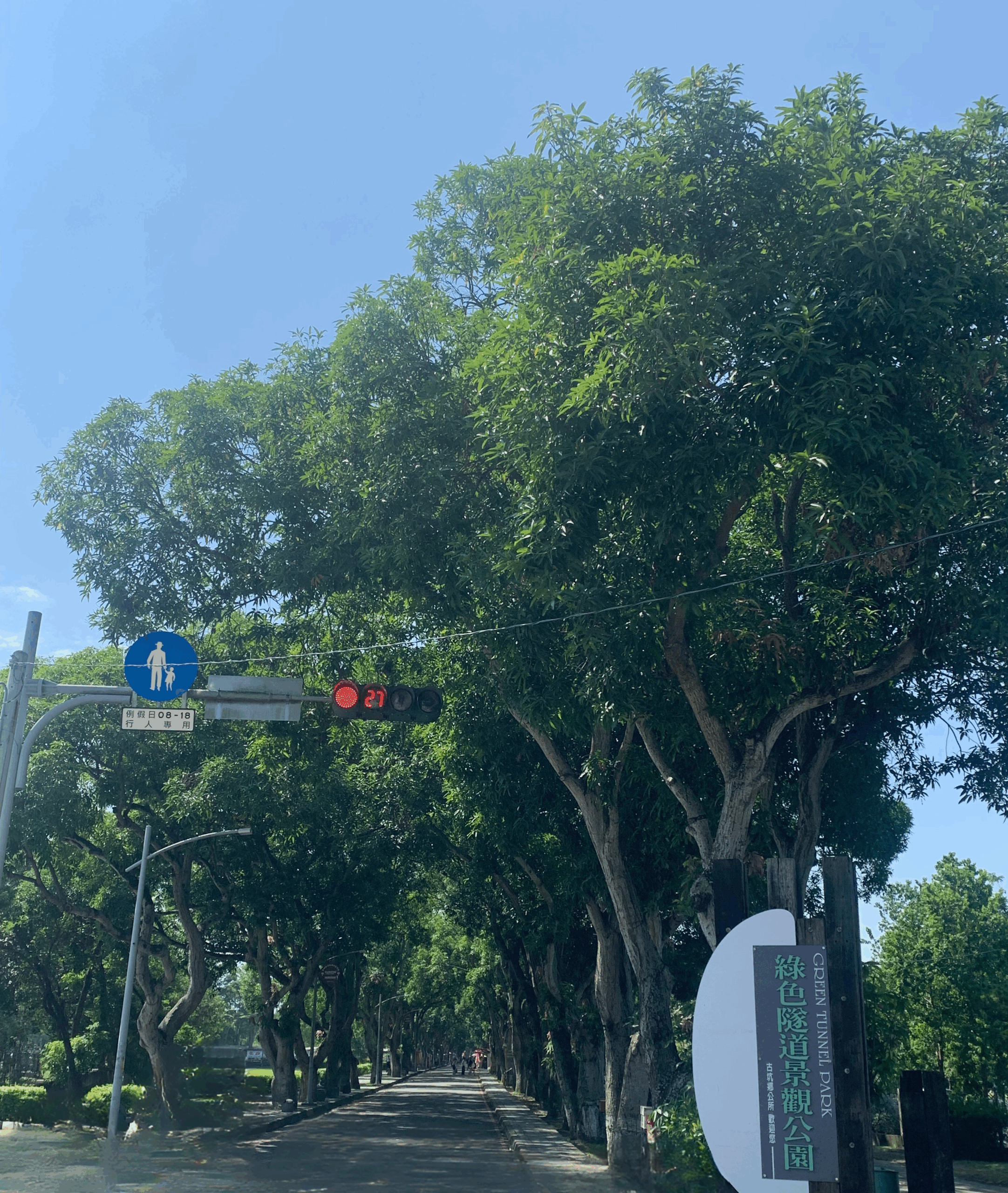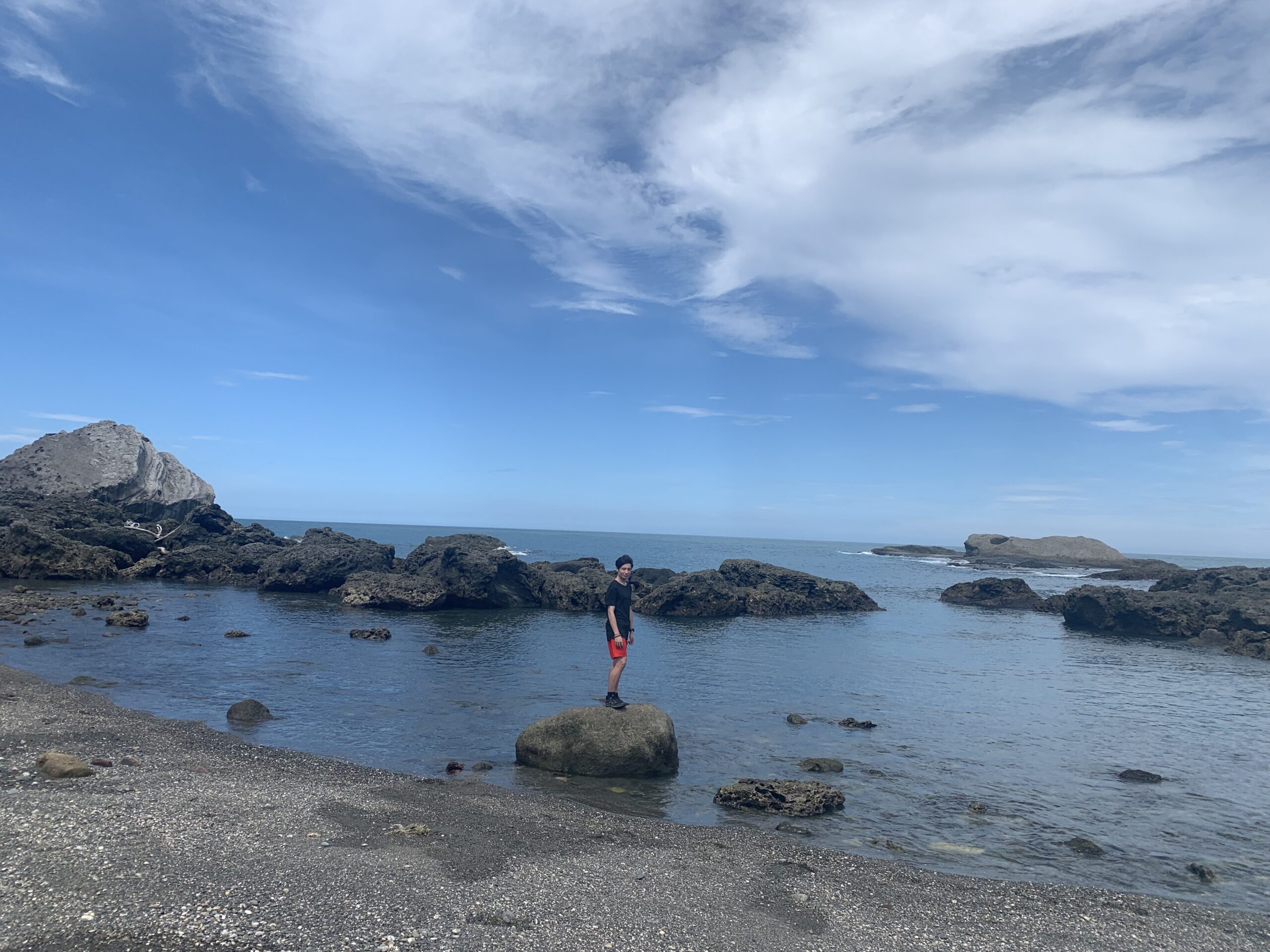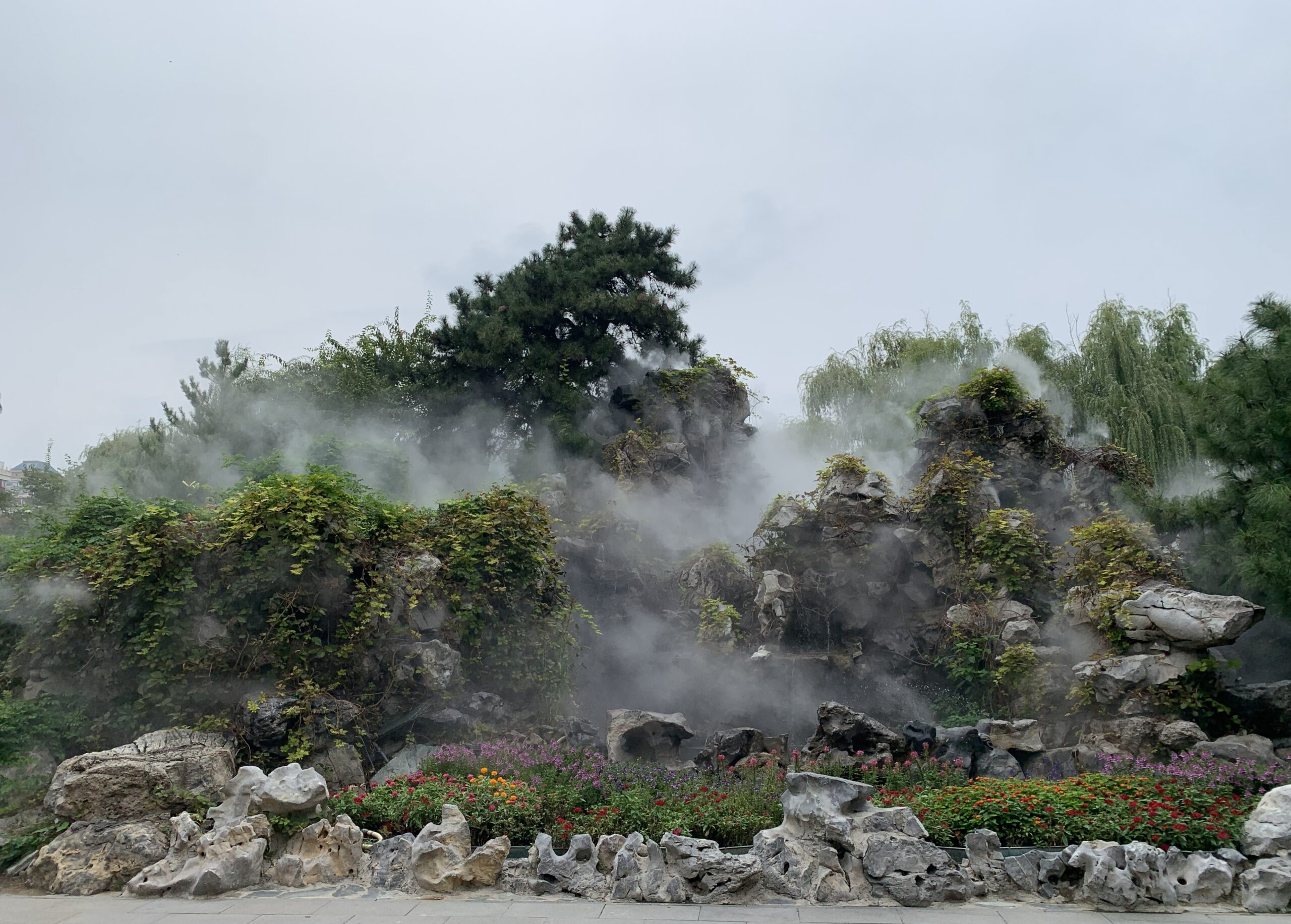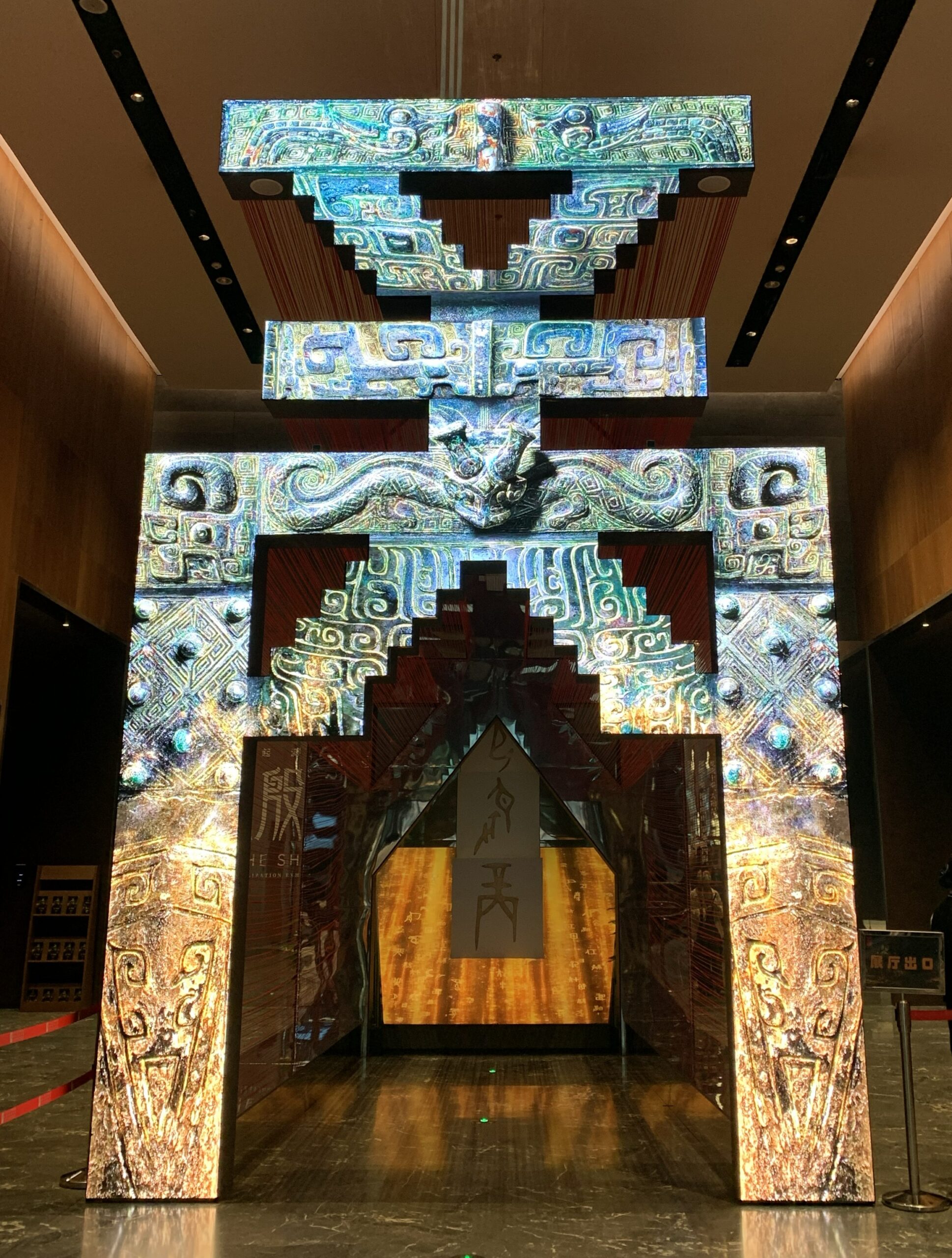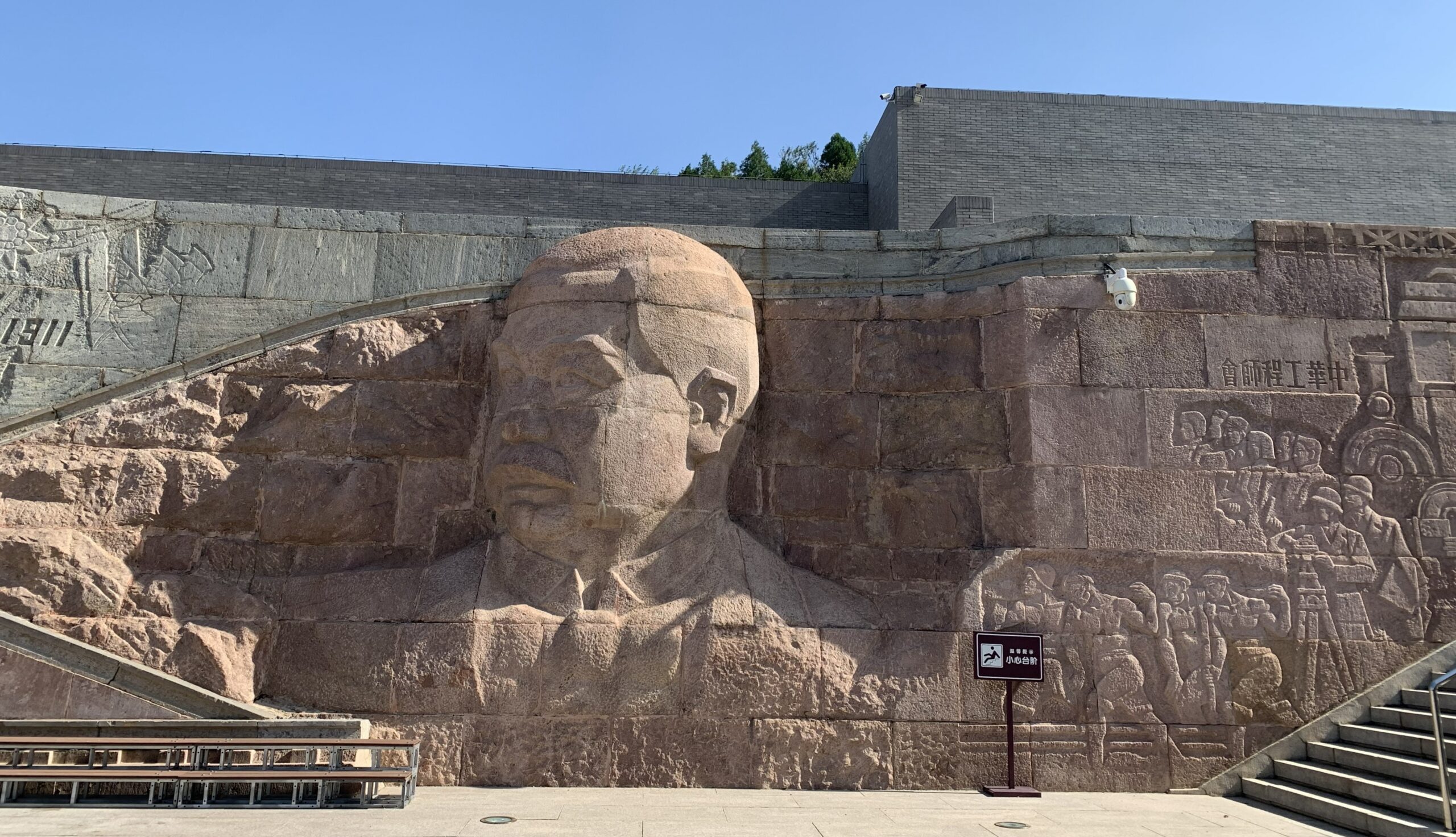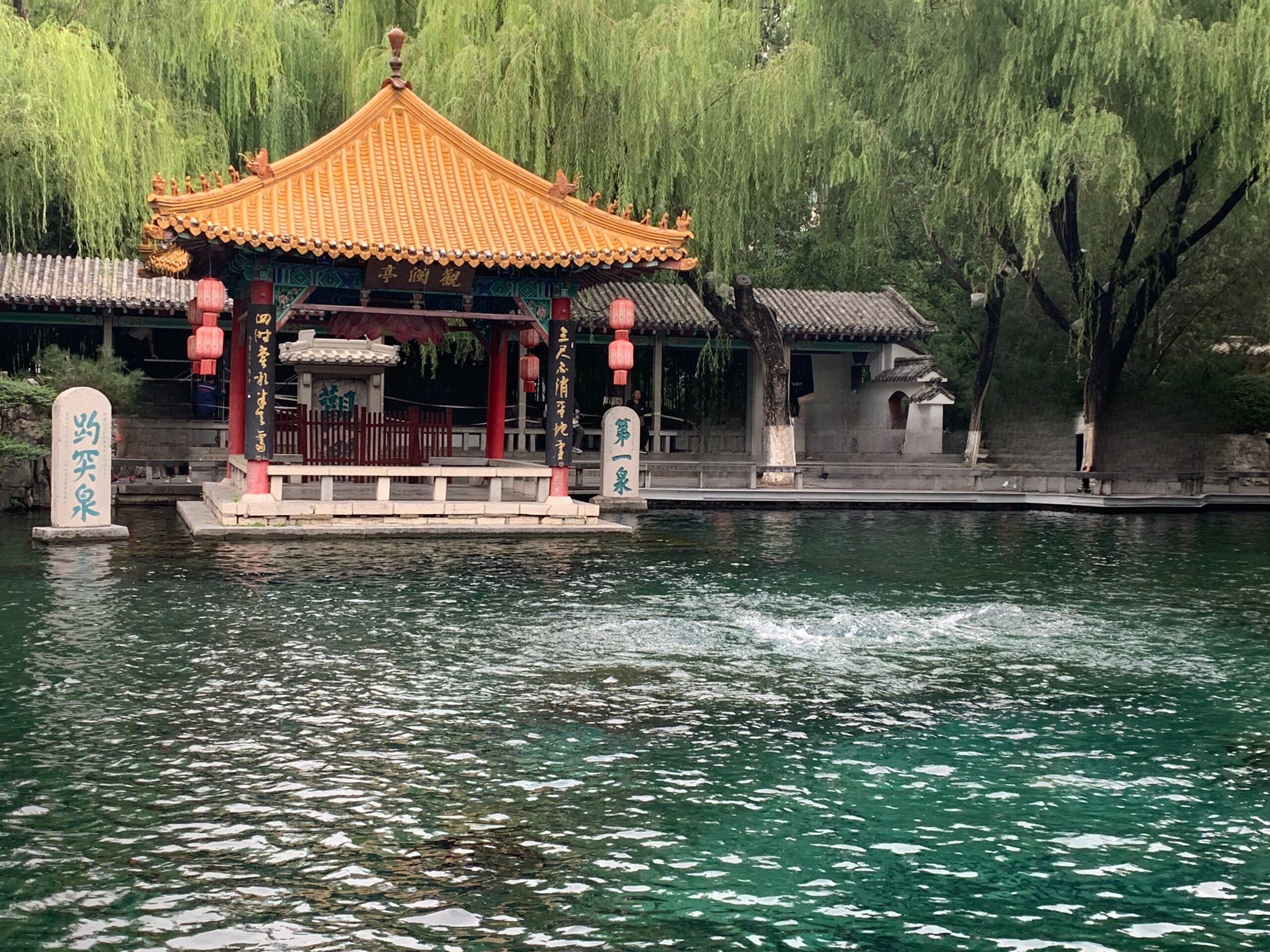《台湾纵贯线|铁道的温柔速度》
台湾纵贯线,一场五站五诗的节奏播种旅程。从山线南下、海线北返,我不是走马观光,而是走一趟文明选择的铁道书写。送孩子,也是送自己确认——要种下的,不是回忆,而是节奏文明的印记。Taiwan’s main railway line — five stations, five poems, and a journey of rhythm and choice. From mountain line southward to coastal return, this was no sightseeing trip, but a path to plant civilization’s cadence, one verse at a time. I sent off my child, and also sent myself —to choose, to write, to remember.

